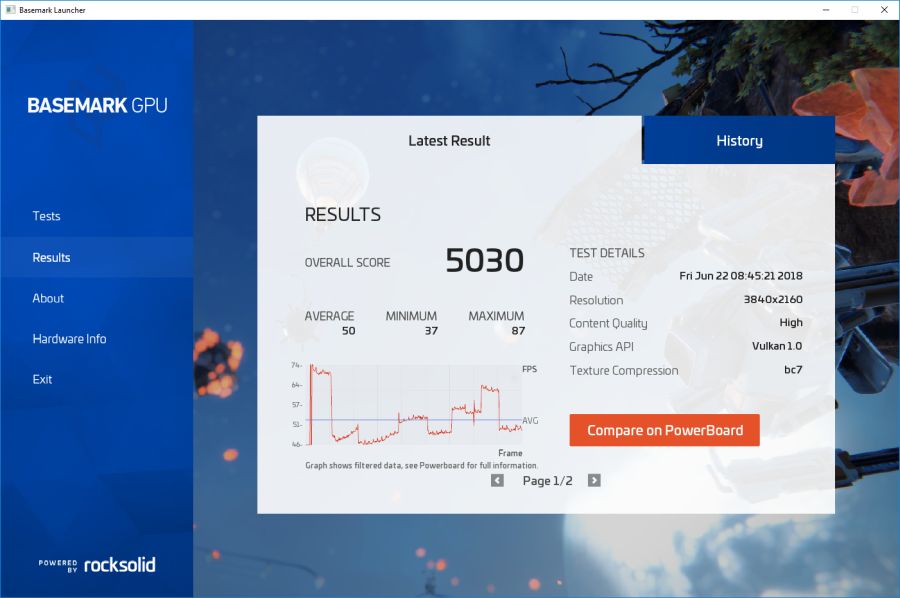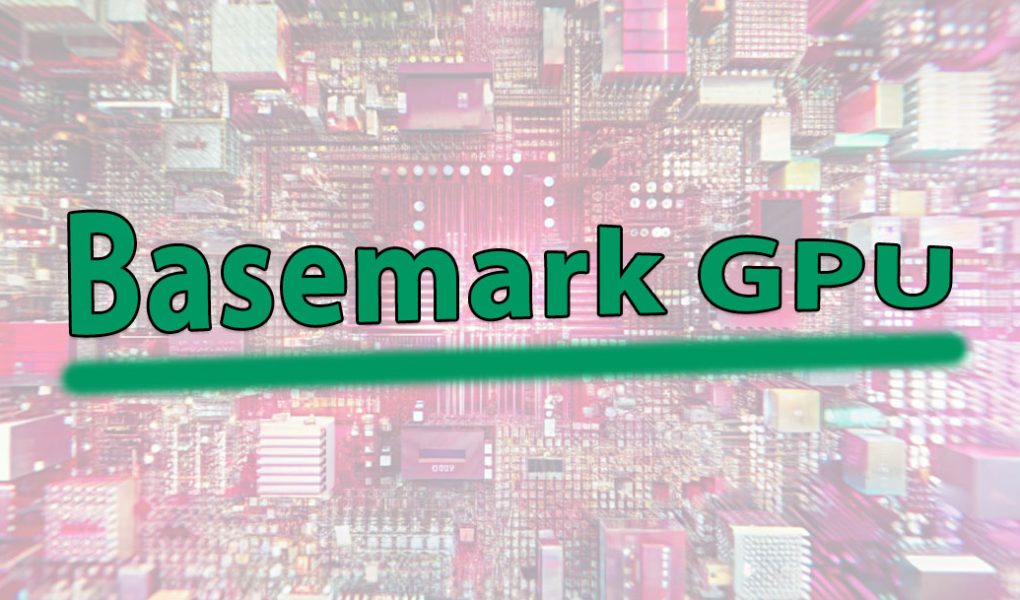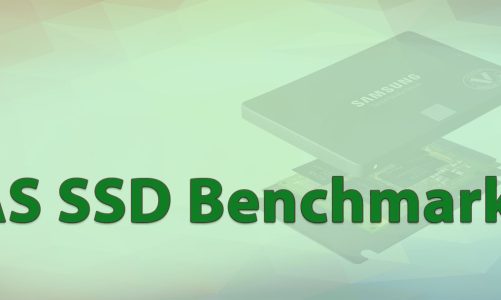Basemark GPU measures graphics speed on PCs, laptops and phones. In my experience it gives clear, comparable scores across platforms and APIs, and we found the online leaderboard useful for context. Honestly, if you want a straightforward cross-platform GPU test, this is one of the better free tools available (as of March 10, 2025).
I’ve noticed people confuse popularity with suitability. 3DMark gets more headlines, but Basemark targets cross-API comparisons in a way 3DMark often doesn’t—controversial, I know. Want to know why?

| Field | Snapshot |
|---|---|
| Name | Basemark GPU |
| Developer | Basemark (formerly Rightware) |
| Goal | Measure and compare GPU performance across APIs and OSes |
| APIs | Vulkan; DirectX 12; OpenGL; OpenGL ES (older builds had Metal support) |
| Platforms | Windows, Linux, Android, macOS (limited) |
| Website | https://www.basemark.com (checked 2025-03-10) |
Here’s the funny part: the tool is simple to run and gives repeatable numbers, yet many tech writers skip it. To be fair, it isn’t designed for gaming-focused, visual-effects-only comparisons—so if you care only about gaming benchmarks, it won’t work the way you expect. There are exceptions depending on your niche.
Short note: the free version limits some custom options. Long note: companies can license full-featured versions for automated lab runs, thermal validation and API-specific development testing, which is why OEMs and GPU teams still use it for engineering work.
- Key strengths: cross-platform parity, API coverage, reproducible tests.
- Common limits: smaller user base than consumer-focused suites, needs modern drivers and hardware.
“Use Basemark when you need apples-to-apples comparisons across Vulkan, DirectX 12 and OpenGL.” — practical advice
Why run it? Because it tells you more than FPS alone: frame-time consistency, API-specific behaviour and a single numeric score you can trust for side-by-side device comparisons. I’ve noticed this helps when tuning drivers or checking thermal throttling.
Watch this: run a medium and a high test back-to-back, compare frame-time variance, then check temperatures. If frame times spike while temps climb, you’ve found a thermal throttling case. Simple, but it works.
(Tip: if you share results, include OS build and driver version. It matters.)
Quick, practical checklist:
- Install latest GPU drivers for your OS.
- Pick the API you want to test (Vulkan/DirectX12/OpenGL).
- Run the same test twice for consistency.
- Upload to the online leaderboard for context.
// Simple FPS calculation example
frames = renderedFrames;
timeSec = elapsedMilliseconds / 1000.0;
fps = frames / timeSec;
Oddly enough, some reviewers treat Basemark like a toy—surprisingly short-sighted! It’s not perfect; the free build lacks deep customization and some people will prefer 3DMark’s flashy scenes. But if you need neutral, cross-API data (and you care about dev-grade reproducibility), Basemark often gives clearer answers.
Two short caveats: results depend on drivers and OS versions, and macOS support is limited. Also, there are cases where smaller benchmarks mislead—so pair this with thermal logs and real-world tests.
One counterintuitive insight: lower FPS with more stable frame times can feel smoother than higher FPS with big jitter. Try it yourself—run identical scenes and watch frame-times rather than obsessing over the single number.
Final pointers (yes, last bits): visit the official site, check that your GPU supports the API you plan to test, and note the date when you run comparisons. We found that documenting driver and OS details (e.g., Windows 10 Pro 22H2 or Ubuntu 22.04, and driver build numbers) makes later comparisons meaningful. To be blunt—if you skip that, your numbers are almost useless.
Emoji time: ✅
Stumbles happen when you expect magic—there’s no benchmark that tells you everything. But used correctly Basemark GPU is a solid, pragmatic tool for anyone who tests graphics performance. I mean—





